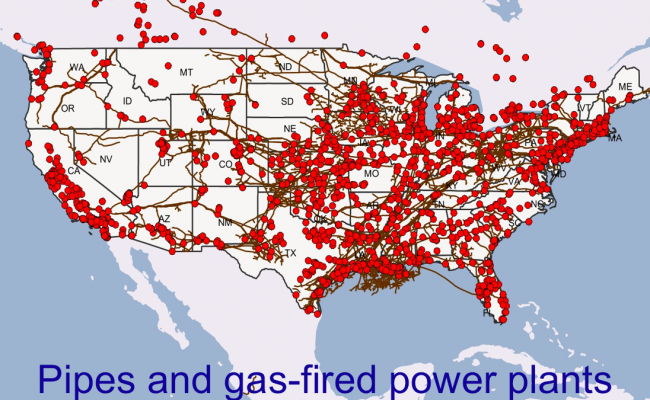Excuse my use of the term “stress test”, but that’s exactly how I view the challenges that the California grid operator, State officials and energy companies will confront this summer when they have to operate their electric system without the natural gas from the Aliso Canyon Gas Storage facility. As most of you know, the State of California has banned use of the facility for safety reasons.
It’s definitely not “business as usual” with Aliso Canyon out of the picture. California takes pride in its renewable energy portfolio, but relies on 17 gas-fired power plants in the Los Angeles Basin and San Diego to meet peak demand and changes in supply due to the variable nature of solar and wind power generation. These 17 power plants are normally supplied by the Aliso Canyon Gas Storage Facility. Other electricity regions also rely on gas-fired generation and available pumped storage hydro projects to manage changes in wind and solar power. If they lost significant natural gas infrastructure, they would be in the same position as California.
The opportunities to learn this summer from California’s experience are great. The electric power industry relies heavily on modeling to forecast likely events and necessary investments in electric infrastructure and the fuels to operate power-generating facilities. Hopefully we can argue less about banning fracking and natural gas facilities and learn more about how to operate an increasingly “gassy” and renewable energy portfolio in California under less than ideal conditions. Of course, the weather will dictate the electricity demand and what resources California will use to maintain adequate service, and maintain electric reliability and air quality. Read more




